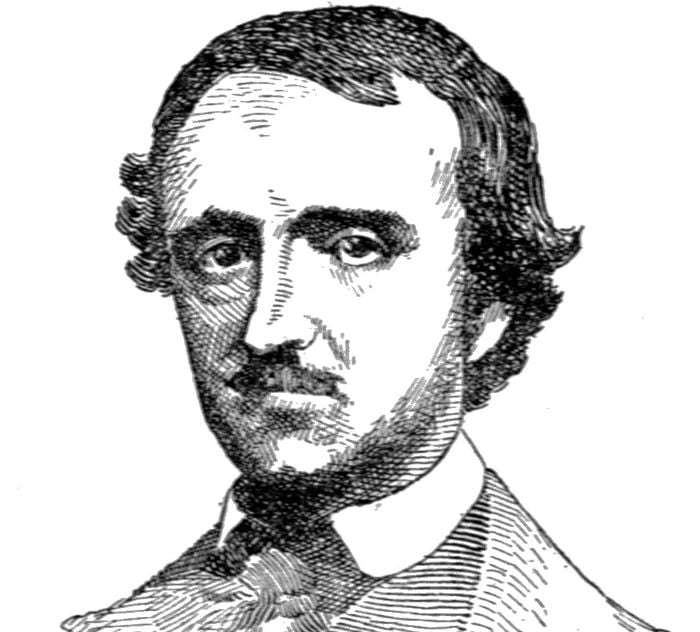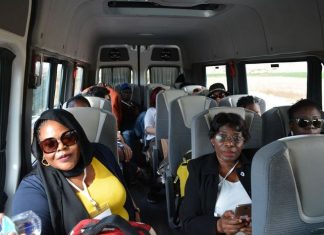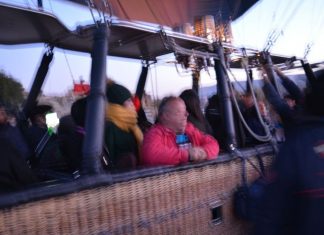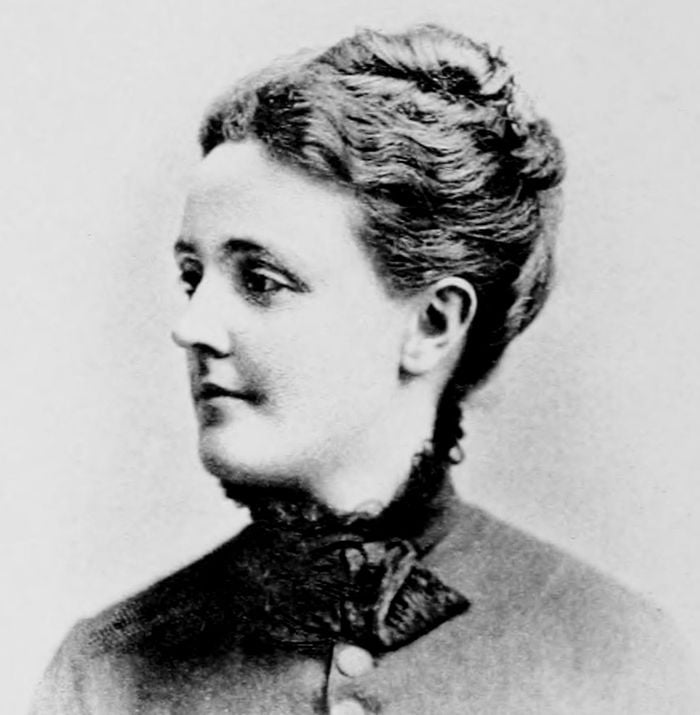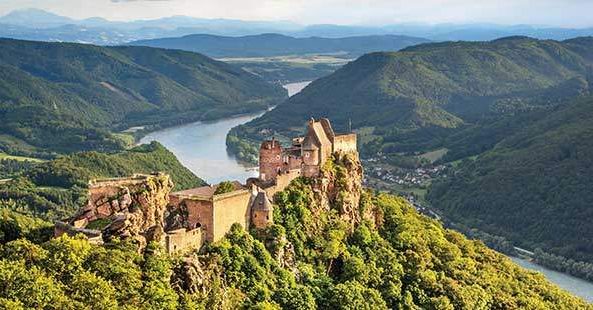Yalvac Indent City of Antiocheia in Pisidia
Seeking the distinctive historical texture that underlies the county of Yalvac, we are led to the remains of the ancient city of Antiocheia in Pisidia.
The first buildings our eyes light upon seem to be strewn over the hillsides and among the ravines. The principal entrance to the city was located on its western side. The present form of the Western Gate, the guardian of the city`s security, dates to 21 2 and is decorated with reliefs of weapons and armor.
From there we stroll along the street called Cardo Maximus and make a sentimental visit to the abodes of the city`s erstwhile owners. Who knows whose house we may end up in as we ply these narrow, straight streets? The old town had two forums, that of Augustus and that of Tiberius. Located on the eastern side of the city, they were the focal-points of its life. Even the first workers` strike in the world was taken at the Forum of Tiberius in AD 46. As we walk along, from time to time we realize that we are treading.
With this pensive thought in our hearts, we reach the aqueduct, gracing the north side of the city like a necklace.
The magnificent fortifications that once encircled and sheltered the acropolis of Antiocheia measure about three thousand meters in length. These walls underwent expansion and repairs in Roman and Byzantine times. Who knows how many sentries guarding these walls gazed dreamily upon the magnificent view around him?
Goddess Kybele
The sacred precinct of the acropolis, the city`s highest point, contains a temple dedicated to Emperor Augustus. Originally a temple to the goddess Kybele was located here. It was replaced by a temple dedicated to the moon-god Men afterwards. Still later, an elaborately decorated Augustus temple, dedicated to the Emperor who established the first and biggest Roman colony in the area, was built on the site in the late 1st century BC. From the standpoint of both its architecture and its decoration, the Temple of Augustus is a unique example of its kind. In the early 5th century, the temple was converted into a Christian church.
As you take in the scene before you, the very air you breathe seems charged with the millennia-old mystical inspiration of goddesses, gods, and emperors.
Despite being located on a hill, Antiocheia has a well-organized city plan and a developed infrastructure.
1 st-century propylon or monumental gate is situated where the Augustus and Tiberius forums join. Over its central archway are reliefs of Genius with wings and Nike that are indescribably elegant in the artistry of their execution.
Forum of Tiberius
The Forum of Tiberius (which dates to AD 15-40) is located at the eastern terminus of a column-lined street that dates from the 1st century AD and was one of the most important parts of the city. Large quantities of glass, pottery, and bronze objects have been unearthed in the shops of its gallery. The city`s theater is built into the side of a hill near the downtown area.
Elaborately decorated, the theater consists of three main parts. Originally it had a seating capacity of 5,000, but this was later, in the Roman times, increased to 15,000. One very unusual feature of this theater is its tunnel which is 8 meters wide and 62.5 meters long. This is unique among the theaters of the ancient world. It was, also in this theater that St. Thecla was exposed to torture.
Large quantities of glass, pottery, and bronze objects have been unearthed in the shops of its gallery. The city`s theater is built into the side of a hill near the downtown area. Elaborately decorated, the theater consists of three main parts. Originally it had a seating capacity of 5,000, but this was later, in the Roman times, increased to 15,000. One very unusual feature of this theater is its tunnel which is 8 meters wide and 62.5 meters long. This is unique among the theaters of the ancient world. It was, also in this theater that St. Thecla was exposed to torture.
Nymphaeum
The city`s monumental fountain (nymphaeum) consists of two parts. The first is an elaborately decorated facade of columns that contained the fonts; the second is a large reservoir lying behind the facade in which water was stored. Scattered around the city are smaller fountains from which Antiocheia`s ice-cold water bubbled forth.
A public bath is located at the northwestern corner of the city. Dating back to AD 25, it is a typical example of Roman bath architecture with separate hot, cold, and cool sections, dressing- rooms, service areas, and places to store water and supplies. The city`s stadium stands to the west of the acropolis where the foothills of the Sultan Mountains begin. Built in the 3rd century BC, it measures 190 meters long and 30 meters wide.
The stadium apparently underwent much development during Roman times and in its heyday it was the scene of exciting sports events and competitions, thrilling races, and bloody gladiatorial combats sometimes between man and beast, and sometimes between man and man. All in all, the stadium is where the strong vanquished the weak and where humanity`s savage and martial instincts were catered to and allowed to run free and untrammeled.
Crown of Antiocheia
The jewel in the crown of Antiocheia that makes it a place of pilgrimage is the Church of St Paul, the city`s first Christian church and also its biggest. Located 200 meters south of the Roman baths, it was erected on the site of the synagogue in which Paul delivered his first sermon, as described in Acts 13, by the city`s grateful inhabitants and dedicated the church to him. The building has a typical basilica plan. Excavations at the site have revealed the existence of a smaller church that was built here before the present one. The church is the most impressive in appearance with its mosaic-tiled floor and wall of columns.
Beneath the smaller church, the remains of a synagogue can be identified. This indicates that there were at least three stages of construction on this site. The first was the synagogue, which was rather large in size. In the early 3rd century a small church was built on the spot. Sometime in the early 4th century, the church we see today was put up. Numerous graves and skeletal remains have been discovered within the church. The church`s floor is decorated with specially-designed mosaics. Among the inscriptions on the floor of building is a reference to an Orthodox church leader named Optimus, who is known to have been the bishop of Antiocheia in 375-381.
In 46, St Paul accompanied by St Barnabas delivered his first sermon in the synagogue which was later replaced by the church. The church quickly became a place of pilgrimage for the faithful and a setting in which many other saints were to deliver sermons of their own.
The existence of seven churches in the city indicates that it was a religious center.
The aqueduct, which has become a symbol for the whole ancient city, was built in Roman times. Extending along the northern side of the city, it brings water from a source located ten kilometers away. The aqueduct is amazingly well preserved, especially when one considers that it was built in the first century AD. Despite the passage of nearly two thousand years, this structure that supplied the ancient city with its beneficial water still stands proud and tall.
Read More about Balkan Tours 2019
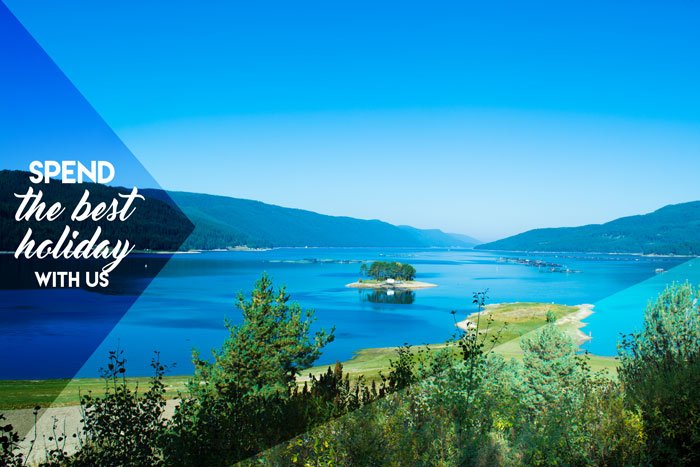
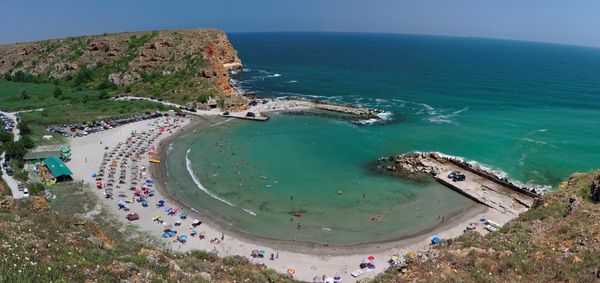

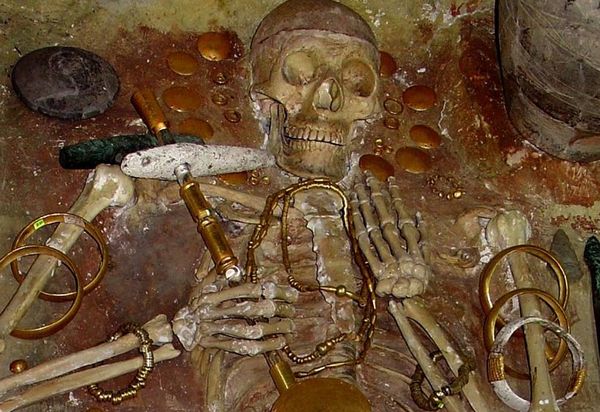


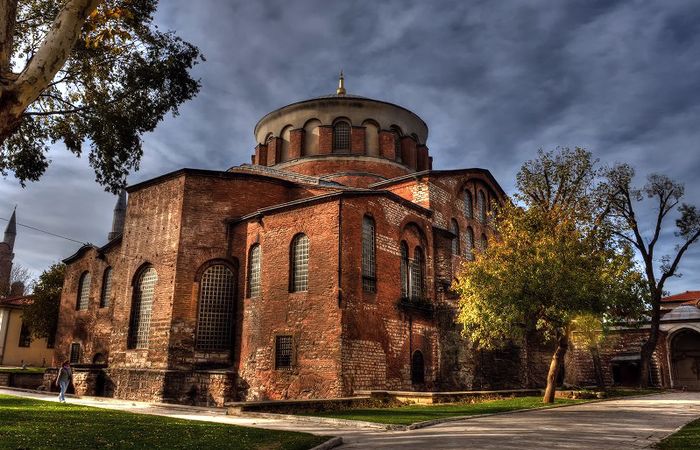
![image-137[1]](https://bulgarian.fafatuka.com/wp-content/uploads/2017/03/image-1371-1.jpg)
![image-114[1]](https://bulgarian.fafatuka.com/wp-content/uploads/2017/03/image-1141-2.jpg)

